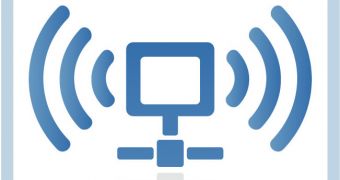The signal strength of wireless devices is greatly dependent on the distance between the receivers communicating with each other, albeit according to a new study carried out at the University of Leicester, sometimes radio signal strength can be boosted and carried over large distances of land and water, potentially interfering with the correct functioning of similar devices. Experimental results show that late afternoons and early evenings during spring and summer are the most favored periods of the year when such phenomena can occur.
The research was led by doctoral student Salil Gunashekar from the University of Leicester's Department of Engineering.
"In today's world, radio waves are an indispensable means of communicating information 'without wires' from one place to another, be it for radio broadcasts or cell phones, television transmissions or airport radars. When radio waves travel for long distances over the sea their strength can be affected by the weather. The constantly changing weather conditions over the sea mean that marine and coastal environments, in particular, are prone to unusual atmospheric phenomena that enable radio waves to travel longer distances and have higher strengths than expected", Gunashekar said.
The finding of the study will be detailed on June 4 at the Doctoral Inaugural Lectures and will be presented by Dr Gunashekar who conducted the theoretical and experimental investigation.
The signal propagation characteristic of over-sea radio communications was carried out between August 2003 and August 2005 on three long-range radio paths operating in the ultra high frequency radio band over the British Channel. The UHF band is generally used for mobile phone communications.
"Interestingly, signal strength enhancements have been observed on all three radio paths, predominantly in the late afternoon and evening periods, in the spring and summer months. During these periods, which occur only approximately 5-10% of the time, the influence of higher-altitude radio wave 'trapping' structures has been verified", Gunashekar said.
The findings of the study will probably have a significant impact on the design of mobile phone networks operating in the coastal regions of the globe and in maritime communications, primarily in the British Islands which have an extensive coastline.

 14 DAY TRIAL //
14 DAY TRIAL //